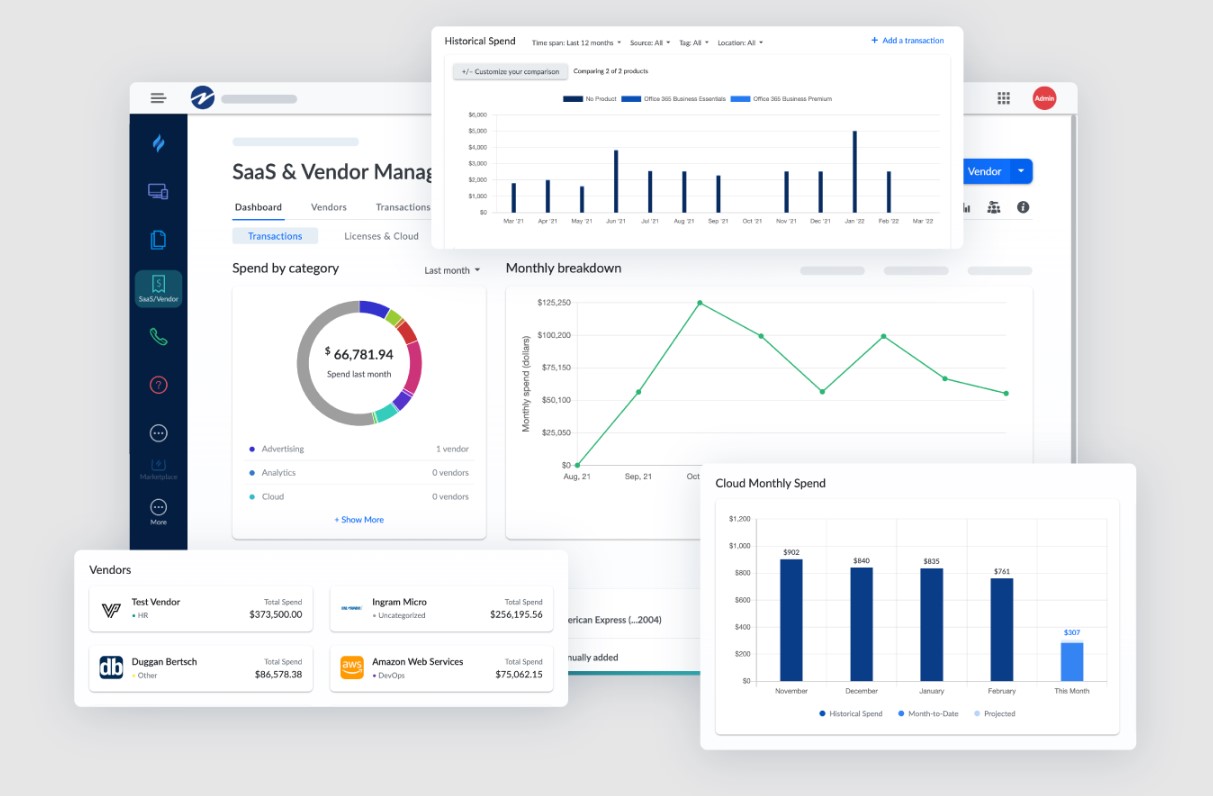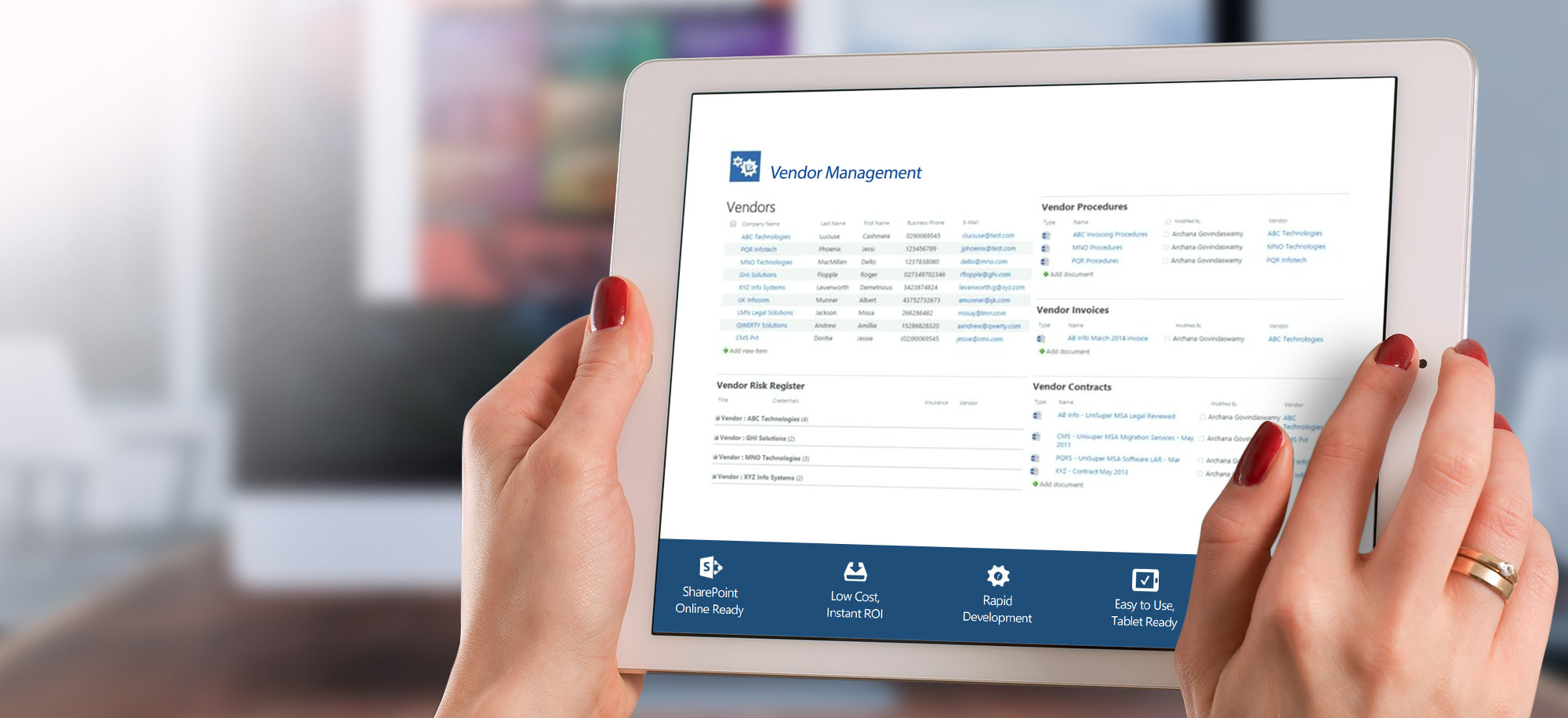
In today’s fast-paced and increasingly competitive business landscape, effective vendor management is no longer just a function—it’s a strategic necessity. Companies of all sizes rely heavily on external vendors for everything from raw materials and technology solutions to professional services. As organizations strive to optimize processes, reduce costs, and mitigate risks, establishing a Vendor Management Office (VMO) within Vendor Management Software (VMS) has emerged as a game-changing strategy.
The VMO operates as a critical component of Vendor Management Software, ensuring that vendor relationships are managed efficiently, contract negotiations are optimized, and compliance is maintained across all vendor engagements. In this article, we’ll explore the far-reaching benefits of implementing a VMO within Vendor Management Software, highlighting how this combination drives business efficiency, strengthens relationships, and ensures governance.
The Crucial Role of a VMO in Vendor Management Software

The Vendor Management Office (VMO), embedded within Vendor Management Software, acts as the centralized hub for overseeing and managing all vendor-related activities. This includes everything from contract negotiations and vendor performance evaluation to invoicing, purchase orders, and ongoing management of vendor contracts. The VMO not only helps streamline these processes but also ensures that vendor relationships align with the strategic objectives of the organization.
Some of the key benefits that come from setting up a VMO within Vendor Management Software include:
- Improved vendor relationships ─ The VMO plays a pivotal role in fostering stronger vendor relationships through better coordination, collaboration, and communication. With the assistance of Vendor Management Software, the VMO can streamline vendor communication channels, ensuring faster problem resolution and improved alignment on strategic initiatives. This enhanced collaboration not only builds trust but also encourages vendors to innovate and adapt in response to changes in the business environment.
- Centralized procurement and contract management ─ One of the most significant benefits of integrating a VMO with Vendor Management Software is the centralization of procurement activities. The VMO ensures consistent execution of procurement contracts, avoiding duplication of efforts and ensuring that terms and conditions are consistently adhered to. By centralizing contract management within Vendor Management Software, the VMO can track all vendor interactions in one place, ensuring transparency and efficiency.
- Enhanced governance and compliance ─ Maintaining strong governance over vendor relationships is a critical function of the VMO. Vendor Management Software enables the VMO to implement standardized processes and enforce clear policies that support regulatory compliance. This reduces the risks associated with non-compliance and ensures that all vendors adhere to the required legal and contractual obligations.
- Dispute resolution and problem solving ─ The VMO serves as a mediator in disputes between the company and its vendors. Thanks to Vendor Management Software’s data-driven insights, the VMO can quickly identify the source of conflicts and work to resolve them before they escalate into costly legal battles. The VMO’s ability to effectively manage vendor disputes reduces operational disruptions and promotes healthier vendor relationships.
- Risk identification and mitigation ─ The VMO is also tasked with identifying, evaluating, and mitigating risks associated with vendor relationships. Vendor Management Software equips the VMO with real-time risk assessment tools, enabling the organization to monitor financial stability, performance issues, and supply chain risks associated with vendors. With this data at hand, the VMO can develop strategies to mitigate these risks and protect the organization from potential disruptions.
How Vendor Management Software Enhances the VMO’s Capabilities

Integrating Vendor Management Software into your VMO elevates the entire vendor management process. It automates many of the manual, time-consuming tasks involved in managing vendor relationships, providing enhanced visibility, real-time data, and better decision-making tools. Here’s how Vendor Management Software enhances the VMO’s capabilities:
- Automation of administrative tasks ─ Vendor Management Software automates tasks such as contract renewals, invoice processing, and vendor performance tracking. This automation frees up valuable time for the VMO, allowing it to focus on more strategic aspects of vendor management, such as negotiating better terms and identifying cost-saving opportunities.
- Centralized vendor information ─ By consolidating all vendor-related data into one unified platform, Vendor Management Software provides the VMO with easy access to critical information such as contract details, vendor performance history, financial stability, and compliance records. This allows the VMO to make faster, more informed decisions based on accurate, real-time data.
- Real-time risk monitoring ─ Vendor Management Software includes advanced risk assessment tools that allow the VMO to continuously monitor vendor risks. This includes everything from financial risks to operational disruptions and compliance issues. The software provides alerts and insights that enable the VMO to address potential risks proactively before they escalate into major problems.
- Enhanced communication and collaboration ─ Vendor Management Software serves as a centralized communication hub, ensuring that all communications between the VMO, internal stakeholders, and vendors are documented and easily accessible. This not only streamlines problem resolution but also ensures that vendors are aligned with the company’s objectives, fostering a culture of collaboration and transparency.
- Improved contract lifecycle management ─ Vendor Management Software tracks the entire lifecycle of each vendor contract, from initial negotiation through renewal. Automated alerts remind the VMO of upcoming contract expirations, helping avoid costly automatic renewals and ensuring that all contracts are renegotiated to the company’s advantage.
Measuring the Success of a VMO with Vendor Management Software

For a VMO to deliver its full potential, it’s crucial to evaluate its performance regularly. Vendor Management Software provides the tools and metrics needed to measure the effectiveness of your VMO in key areas:
- RFP process efficiency ─ The VMO can provide structured templates and best practices for the Request for Proposal (RFP) processes, ensuring that RFPs are conducted efficiently and consistently. Vendor Management Software tracks the progress of RFPs, providing data on how quickly and effectively the process is managed.
- Performance metrics and structured negotiations ─ Vendor Management Software tracks key performance indicators (KPIs) for all vendors, allowing the VMO to make data-driven decisions during contract negotiations. This ensures that the company secures the best possible terms in every vendor agreement.
- Continuous contract improvement ─ With automated tracking and reporting, Vendor Management Software enables the VMO to continuously review vendor contracts and identify areas for improvement. The software provides insights into how contract terms are being met and where adjustments may be needed to better align with business objectives.
- Regular relationship and performance evaluations ─ Vendor Management Software offers powerful reporting tools that allow the VMO to regularly evaluate the performance of vendors, track improvements, and measure cost reductions. These insights help drive continuous improvement in vendor management processes.
- Stakeholder feedback ─ Vendor Management Software makes it easy to collect feedback from internal stakeholders, ensuring that the VMO is meeting the needs of different departments and business units. Continuous feedback helps the VMO refine its processes and ensures that the vendor management strategy aligns with the broader organizational goals.
7 Essential Elements of Effective Vendor Management Supported by Vendor Management Software

An effective vendor management strategy requires attention to several critical elements, all of which are supported by Vendor Management Software:
- Strategic procurement alignment ─ Vendor Management Software ensures that all procurement activities are aligned with the organization’s long-term strategic goals, driving value at every stage of the vendor lifecycle.
- Robust vendor management strategy ─ A well-developed vendor management strategy focuses on selecting, managing, and collaborating with vendors in ways that maximize business value. Vendor Management Software supports this by providing the tools needed to build effective workflows and manage vendor relationships.
- Defined roles and responsibilities ─ Vendor Management Software helps define the scope and responsibilities of the VMO, ensuring that every aspect of vendor management is covered and no tasks are overlooked.
- Vendor business planning ─ Clear expectations should be set with vendors regarding goals, outcomes, and performance standards. Vendor Management Software tracks these goals and provides real-time updates on progress.
- Shared performance metrics ─ Using KPIs and SLAs, Vendor Management Software helps measure and evaluate both the company’s and the vendors’ performance, ensuring that expectations are met on both sides.
- Identifying critical success factors ─ Vendor Management Software helps identify the key success factors that drive vendor performance and ensure that the VMO’s efforts are contributing to cost savings, innovation, and service quality improvements.
- Core competencies development ─ Ensuring that vendor management teams possess the necessary skills is critical. Vendor Management Software offers training modules and tools to help develop these competencies, ensuring that the team can manage vendor relationships effectively.
Conclusion ─ Unleashing the Full Potential of Vendor Management Software through a VMO
The combination of a Vendor Management Office (VMO) and Vendor Management Software delivers a powerful solution for companies seeking to optimize their vendor management practices. By centralizing all vendor-related activities within the software, businesses gain better visibility, control, and efficiency in managing vendor relationships, contracts, and risks.
By implementing Vendor Management Software, your VMO can focus on strategic improvements that enhance vendor performance, reduce costs, and strengthen governance. This integration of technology and strategic oversight allows businesses to stay agile and responsive in today’s fast-changing market environment.






